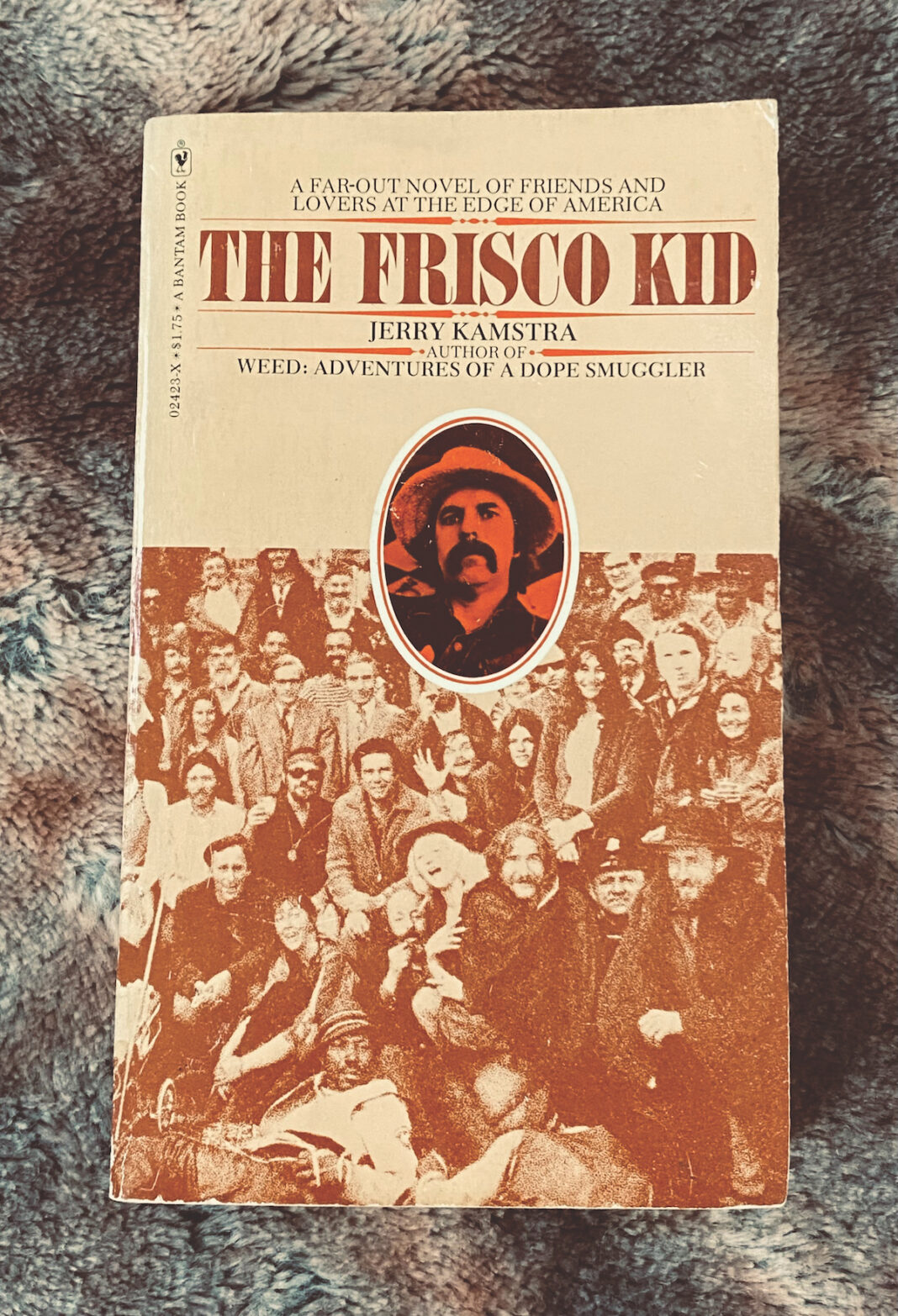I spend my days and years haunted by the past; whether my own or someone else’s makes little difference. My father’s intense love for Old San Francisco imprinted itself upon me at a young age, and to this day I wistfully recall a Depression-era city of drunken Swedes and striking longshoremen that I never actually experienced.
Twenty five years ago, while living in San Francisco and attending a class taught by poet Diane di Prima, I happened upon a Beat anthology which contained a bittersweet morsel from a book called The Frisco Kid, by Jerry Kamstra. My curiosity peaked, I did some research and tracked down a copy, and the book—a raw, poetic reminiscence of Kamstra’s time spent among the Beatniks of San Francisco’s 1950s-era North Beach—proved to be the most beautiful and heart-rending book I’ve ever read. Four copies now sit on my bookshelf, along with a copy of Kamstra’s Weed: Adventures of a Dope Smuggler.
So taken with The Frisco Kid was I, that a few years later I left a message in a Beat-related chat room inquiring as to whether anyone knew what had become of Kamstra. I received a response from a man who told me that Kamstra lived in Santa Cruz. He also related a story that was as haunting as Kamstra’s own memoir: His mother, an up-and-coming singer in San Francisco’s underground countercultural cafe scene, had overdosed in a hotel room in La Paz, Baja California, in the mid-1960s, leaving him, a toddler, alone with her body until they were discovered. His father, a renowned San Francisco Beat painter named Michael McCracken, had died tragically and in obscurity in a London hospital not long after, leaving him orphaned. Both his parents had known Kamstra.
Kamstra himself outlived his North Beach colleagues by over 50 years; he died in 2019. Through his obituary I was finally able to learn his entire life story, which, unsurprisingly, was far more interesting than I could have imagined. Knowledge was never so bittersweet.
The Beatniks are all but gone now. Only their literature remains, and much of that is lost in the dustbin of history. I was fortunate to know one Beat writer in person—Diane di Prima. During the year and a half I spent under her tutelage, I learned to fine-tune my own writing to an uncanny degree and to embark upon magical journeys through my imagination. It was during one such inner journey that I met an iteration of another of my Beat literary icons: the ghost of William S. Burroughs. But that is a story for another time.












Hello Mark,
I worked as a librarian at the Defense Language Institute in Monterey, in the early 90s. Once, someone left a box of books as a donation, and among those books was a Dutch edition of a Henry Miller book, with Miller’s signature, plus
“Big Sur” written by him under his name. There was also a date, but I forget what it was. I sent the book to the Henry Miller Library in Big Sur, and got
a very warm reply from Jerry Kamstra, and he also sent me a bunch of postcards of the beat people, and City Lights Book Store in SF (I wonder if it still exists). Nevertheless, it was a pleasant feeling of having been in contact with someone from that Beat era.
Best wishes,
Bruce Belknap
Monschau, Germany